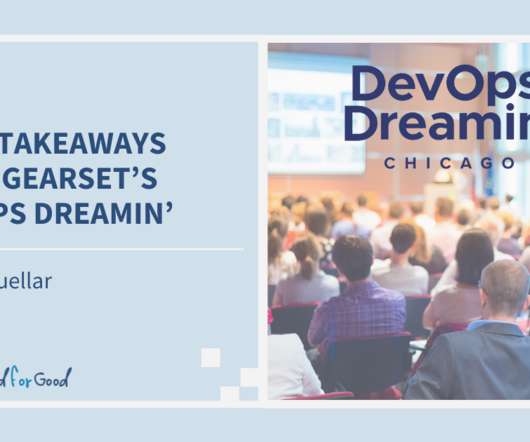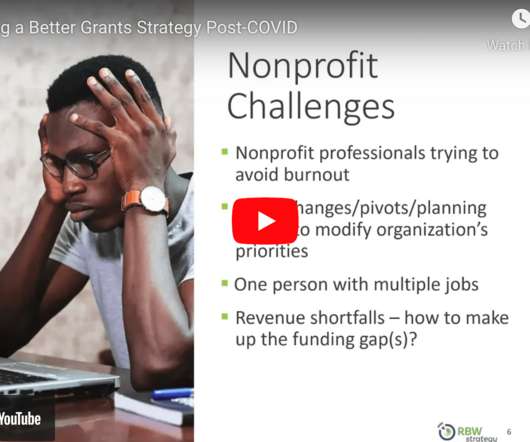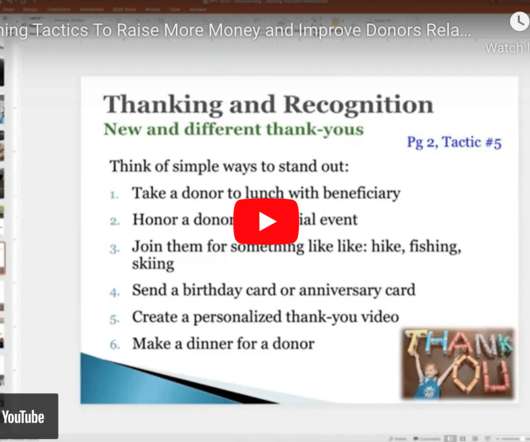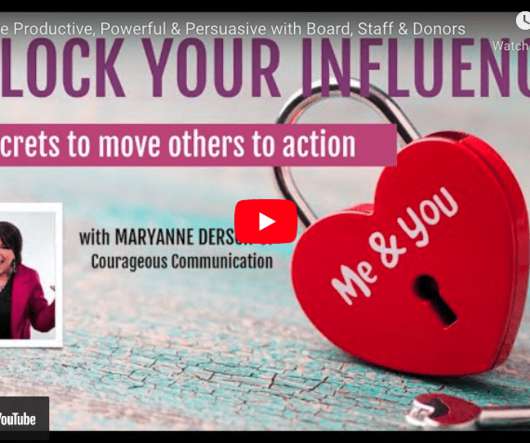Does Extreme Content Delivery = Learning?
Beth's Blog: How Nonprofits Can Use Social Media
MAY 23, 2013
When you want to acquire a new skill or apply some new knowledge, do you learn by passively sitting and listening to an expert lecture for 90 minutes without a break and 150 PPT slides? Or do you learn better when you get a chance to process the content every 15 minutes by thinking about it quietly or talking with a peer?
























Let's personalize your content